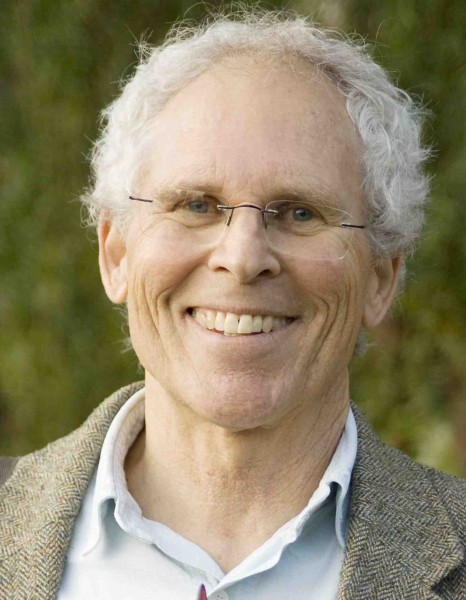Coastkeeper: Our Environmental Coast Guard
By Tom Osborne

Recently, my wife Ginger and I attended the Orange County chapter meeting of the Sierra Club to hear Ray Hiemstra give an informative and inspiring talk. Ray spoke about our county’s Coastkeeper organization, where he serves as Associate Director of Policy and Projects, how he protects local intertidal waters from pollutants and invasive plant species and guards our fish stocks.
Among Coastkeeper’s many actions, Lagunans may be especially grateful for two.
First, Ray and his group played an important role in helping to secure a Marine Protected Area designation for Laguna’s coast. Second, Coastkeeper strongly supports efforts to protect the Aliso Creek berm.
Mike Beanan, Jinger Wallace, Charlotte Masarik, Judy Teverbaugh and Ginger Osborne, plus others in town, regularly attended long and, at times, acrimonious meetings back in 1999 to figure out how a California Marine Protected Area designation might work for Laguna’s coast. Because of the “No Take” zone and other provisions, I understand that fish stocks have improved in our local waters. Still, confirmation of this tentative claim awaits the government assessment report in preparation. In the process of negotiating the MPA for Laguna’s coast, all the stakeholders had to be heard, which included environmental groups and commercial fishing interests.
Hiemstra said Coastkeeper is actively educating the public on the importance of protecting the Aliso Creek berm.
A brochure he circulated defined a “berm” as: “a horizontal ridge formed on the beach due to landward transfer of beach material by waves.” The berm, which prevents the creek flow from entering the ocean, offers a habitat for varieties of shrimp, clams, crabs, terns, and other marine creatures. When the Aliso Creek berm is broken, either naturally by tides or artificially by fun-seekers, a wave is formed that recreationists ride into the receiving ocean. Consequently, the polluted flow of Aliso Creek empties into our local coastal waters.
Beyond these two Laguna-centric Coastkeeper programs, the organization guards Orange County’s shoreline in many other ways as well. For example, it:
– operates a drought-tolerant public garden of largely native California plants. The Coastkeeper Garden, located at Santiago Canyon College in the City of Orange, features trails that children can explore and enjoy and offers workshops in sustainable growing.
– negotiates state and federal permits limiting industrial, agricultural, and municipal pollution discharges into our waterways.
– conducts its WHALES program of mentoring 6th-12th grade youth on watershed and ecological concepts and involves the students in water quality testing and marine life surveys. These actions are often referred to as citizen or community science.
– Sponsors coastal trash cleanups. The organization has removed thousands of pounds of trash from local creeks, channels and beaches.
– Works with metal recycling facilities to implement the most effective technologies to limit polluted runoff into waterways.
I found Hiemstra’s slides on Coastkeeper’s advocacy for so-called Living Shorelines particularly interesting. That is, natural buffers to sea-level rise, which he and many scientists predict will become increasingly worse given climate change. For example, in Newport Beach’s Back Bay, the organization is working to restore eelgrass endangered by an invasive seaweed called Caulerpa prolifera, which can choke native seaweed and is inedible to most native fish.
Hiemstra praised our city’s marine stewardship and said, “Laguna Beach is a state leader in ocean protection and is a model statewide.”
At the end of Hiemstra’s talk, I mentioned an article in the fall issue of Sierra magazine titled “Grid Lock,” which called for the necessity of modernizing and extending nationwide the U.S. electricity grid for clean, non-fossil fuel energy. I said that seeing the Sierra Club onboard with that gladdened me. A lively discussion followed.
It was a great meeting, and Ray Hiemstra did a fine job of explaining how Coastkeeper is what I call “our environmental coast guard.” He can be reached at [email protected].
Tom Osborne is an environmental historian, book author, and lover of all things Pacific. He is currently writing a book on California’s role as a national and global environmental leader. With his wife, Ginger, he co-leads the Laguna chapter of Citizens’ Climate Lobby. Email: [email protected].




